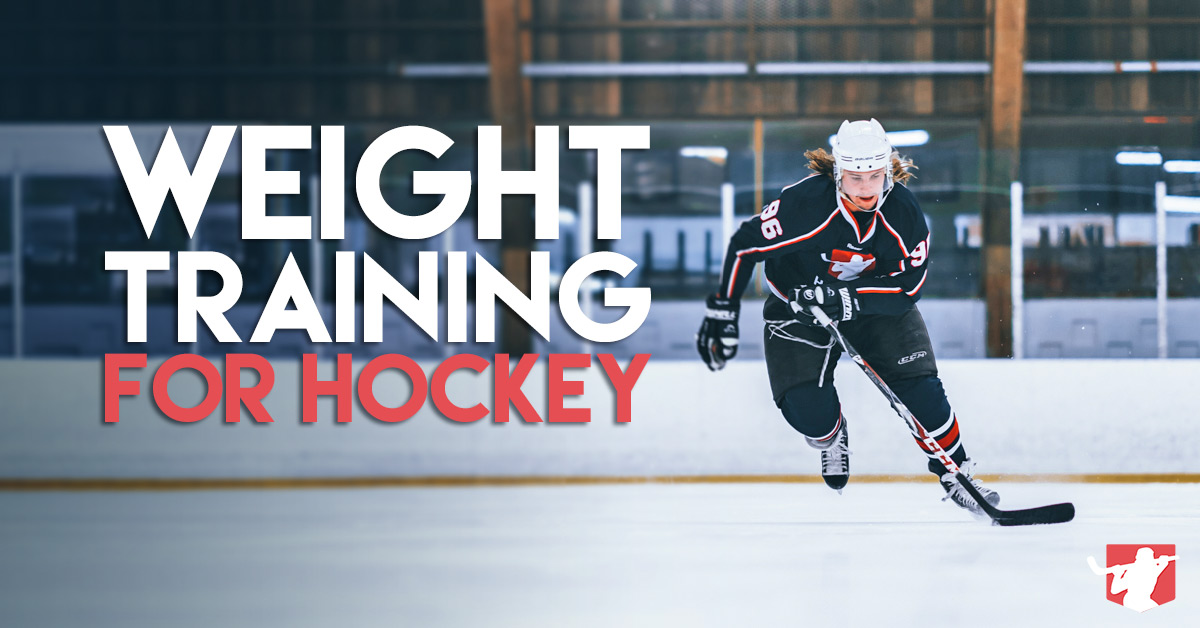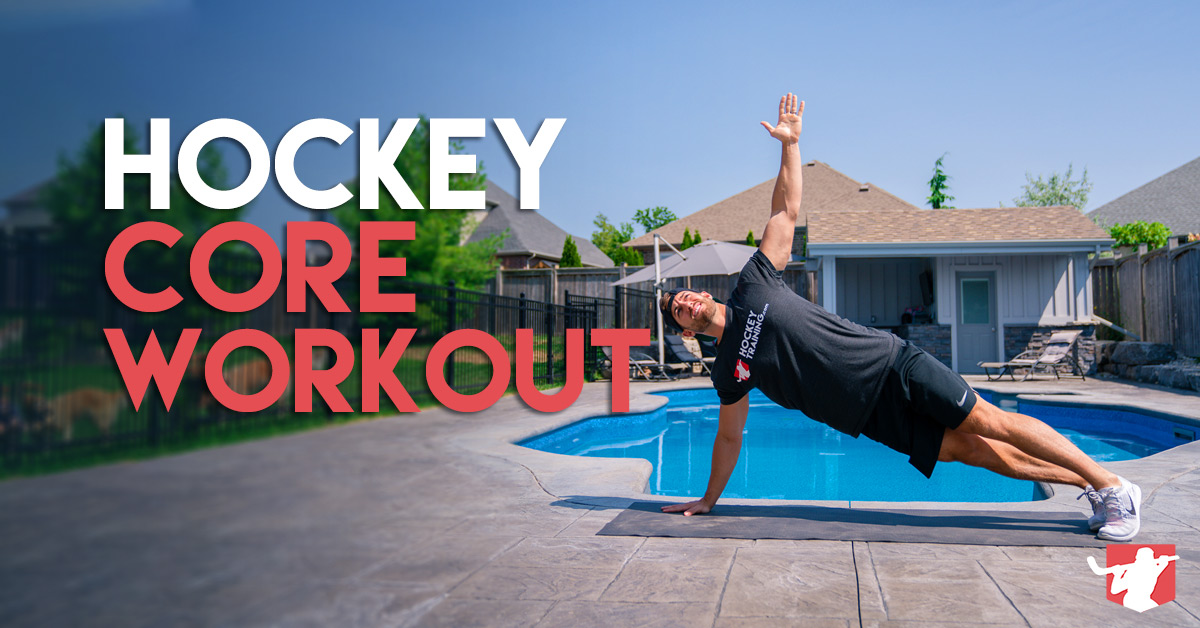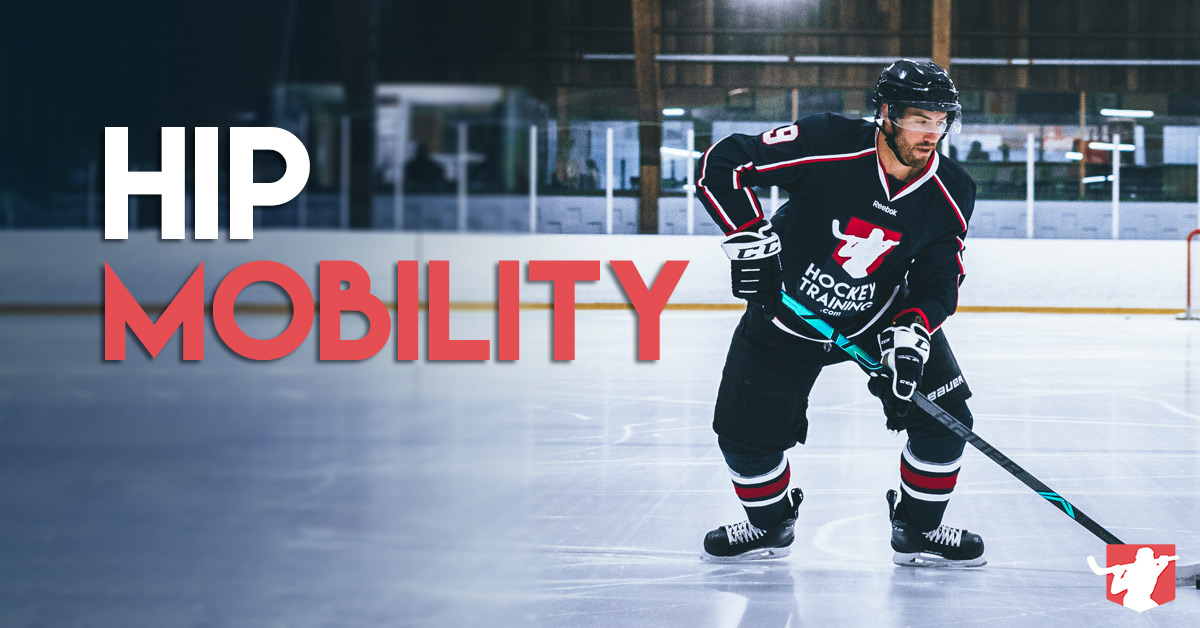Hey hockey player, in this article I want to discuss the physiology behind enhancing your work capacity and then outline a strategy for you that you can use for the next three-months to boost your conditioning levels not just through conditioning workouts, but through your weight lifting workouts as well.
What this article is not written for is for you to make adjustments to your current resistance training program if you are currently using one of our programs from HockeyTraining.com – these programs already have work capacity and fatigue management built into them and should not be altered further.
These strategies I am providing you today are to be utilized if you are using a program that is not written by myself and you would like a boost in work capacity development.
Work Capacity
Building up work capacity isn’t discussed enough in modern hockey strength and conditioning, yet, conditioning is right in the title of what many of these coaches call themselves (Strength & Conditioning coaches).
Although there is an obvious and crucial importance to incorporating weight training into nearly all hockey training programming scenarios, building up your work capacity is only going to compliment the adaptations.
In fact, I would go as far as to say it’s one of the primary factors impacting how strong you are going to be able to get in the long-term.
To be clear, when I discuss work capacity, I am viewing it as the total amount of training stress that you can perform and still effectively recover from.
Put another way, work capacity represents the amount of training stimuli your body can handle (via volume and intensity) and still actually adapt from.
Like I have said multiple times in our Hockey Training videos,
You aren’t what you can do, you only are what you can recover from.
In this same light, when you stop making progress on your current training program, the most reliable way to make more progress is to simply do more (increase overall training volume [sets x reps]).
However, you can’t obviously follow that ideology forever.
At some point, you’re going to reach a point that you can no longer positively respond to the stimulus, and instead, you’re just adding up the level of bad-stress being placed upon the body (When you pass a point of positive adaptation, your “fatigue gains” will outweigh your fitness gains).
At this point, a very strong argument can be made for the fact that it is your work capacity that is the majority of the reason why you aren’t making any more progress.
You need to do more work to make more gains, but you’re unable to do more work because your work capacity is suboptimal for the work you need to perform in order to move forward.
Breaking It Down
Work capacity is the accumulation of three main categories of thinking:
1. Structural integrity: How much stress can your muscles, tendons, and ligaments handle?
2. Metabolic pathways: How quickly can your body produce energy to fuel your training and fuel your recovery between sets?
3. Nervous system health: This is your balance between your sympathetic (fight or flight) nervous system, and your parasympathetic (rest and digest) nervous system. Parasympathetic states can be thought of as you being in a state of recovery, whereas sympathetic states can be thought of as you being in a state of stress.
If you want to improve work capacity, you need to train all three of these. Not just one.
To improve your structural integrity, it’s pretty simple.
Decrease the average intensity of your lifting (60-85% 1RM) and increase your training volume (anytime I say training volume, I simply mean the total amount of sets x reps in your training week).
When you expose your tissues to a larger degree of stress with lower intensity, you can keep your muscles conditioned to a very high degree. Some of you may be thinking:
“Well, you said we need to also condition our tendons/ligaments… can’t that only be done with heavier weights?”
Nope.
You can attain near-maximal contraction levels within the muscle by moving these lighter loads as fast as possible.
This allows you to apply structural stress to the ligaments/tendons/muscles, without moving weights that are too heavy and thus don’t allow you to successfully enhance your work capacity.
This is a double-win for hockey players, who don’t need to be showing off doing 1-Rep Maxes anyways and should instead be focusing on more hockey specific training.
Moving on to the next two factors at the same time (both metabolic pathways and nervous system conditioning), your primary weapon here is some good old fashioned cardiovascular conditioning work.
When you increase your cardiovascular conditioning, you increase the rate at which your body is capable of producing energy for training and also increase the rate at which your body can recover between sets (Check mark for metabolic pathways).
Beyond this, cardiovascular conditioning shifts nervous system functioning into the direction of parasympathetic dominance, keeping the body in a stronger state of recovery (this is why active recovery modalities such as hiking or swimming work so well).
How To Improve Your Work Capacity
If you stop making progress and you perceive it to be work capacity related, incorporate a phase using the follow guidelines below
1. Enhance work capacity phase length: 2-4 months.
2. Try to increase your resistance training volume 25-75% in this time frame slowly and gradually over the course of their phase. You do not have to shoot for 75%, any increase is still a good increase.
3. Incorporate aerobic work for 20-45mins, 2-3 times per week, and work within a 55-70% max heart rate the entire time. Don’t complicate this, using any cardio equipment here is fine – if you want bonus points, use something that makes sense for hockey specific training, like tempo runs.
4. Ideally, you want to see a drop-in morning resting heart rate by 5-15 beats over the 2-4 month span that you are on this training phase.
5. If you have a resting heart rate of 60 beats per minute or less, you probably won’t get much out of the aerobic work (because you already have a good base if this is your measurement) and will likely only need to focus on enhancing resistance training volume by 25-75%.
Periodizing The Approach
The periodization model for the above strategy is very straightforward, again, please do not allow some of the complex terms overcomplicate things in your mind.
Beginners complicate, experts simplify.
Here’s an idea of what it would look like over the course of the next 3-Months of your programming:
Month 1/Phase 1
- Training volume increased by 25% from where you were at before this phase
- Two, 20min low-intensity aerobic sessions per week
- Ideal here to use both upper and lower body training tools because training adaptations happen locally (i.e. if you only train on the bike, the legs are going to receive almost all the adaptation—and your upper body will remain unconditioned)
- Example for two sessions per week: 20mins on the treadmill (lower body), 20mins on the rower (upper body)
- Measure morning resting heart rate 1-3 times per week
Month 2/Phase 2
- Training volume increase another 25% from where you were at in Phase 1 of your work capacity enhancement
- Three, 20min low-intensity aerobic sessions per week
o Example for three sessions per week: 20mins on the treadmill (lower body), 20mins on the rower (upper body), 20mins on the elliptical (total body)
- Measure morning resting heart rate 1-3 times per week
Month 3/Phase 3
- Training volume increase another 25% from where you were at in Phase 2 of your work capacity enhancement
- Three, 30-45min low-intensity aerobic sessions per week
- Example for three sessions per week: 30-45mins on the treadmill (lower body), 30-45mins on the rower (upper body), 30-45mins on the elliptical (total body)
- Measure morning resting heart rate 1-3 times per week
Final Thoughts
Nothing crazy or revolutionary here, and no crazy circuits for the sake of looking hardcore.
Just a logical, progressively overloaded and periodized approach that is guaranteed to target the systems and adaptations we want to target in the body to enhance your work capacity, and ultimately, your hockey performance.
If you want access to the completely “done for you” program selection we have here at Hockey Training that takes all of the above (and much, much more) into account to improve your speed, strength, conditioning, agility, and shot power — check out the Hockey Skills Accelerator today.









